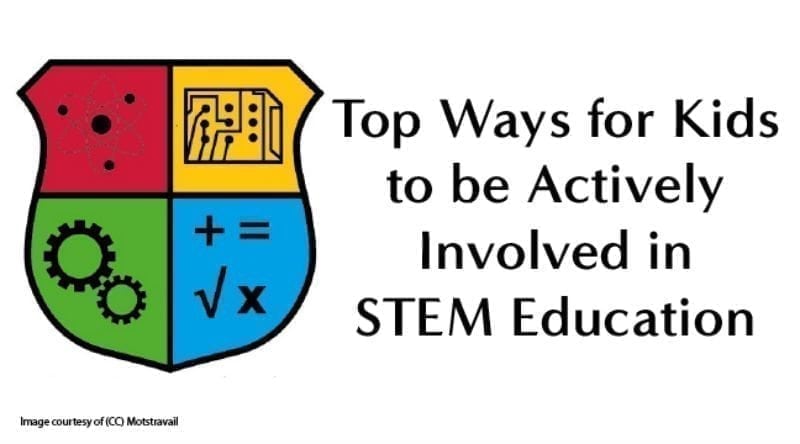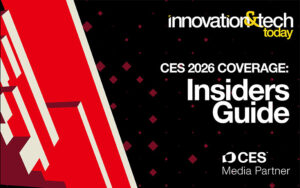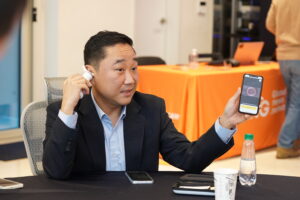STEM education is a hot topic, as educators, politicians, and advocates push for a bigger focus on science, technology, engineering, and math. Organizations such as the STEM Education Coalition and the USA Science and Engineering Festival fight to protect the vital role that STEM education plays in society so that the United States can preserve its role as the one of the world’s economic leaders. It is important to note, however, that there has been a decrease in students pursuing careers in these fields in recent years. Even more problematic is the insufficient number of instructors qualified to teach these subjects. This presents a very real problem, as projections made by STEMconnector.org expect there to be a need to fill 8.65 million STEM-related jobs by 2018. According to the U.S. Department of Education, the number of high school seniors in the U.S. interested in a STEM career with proficient math skills is at a dismal 16% (www.ed.gov/stem). If the United States hopes to achieve the title as a world leader in these fields, there needs to be more STEM programs available, easier access to the STEM programs that do exist, and an emphasis both in school and at home on science, technology, engineering, and math. To this end, we’ve put together a list of tangible ways for kids to pursue STEM-related educational activities.
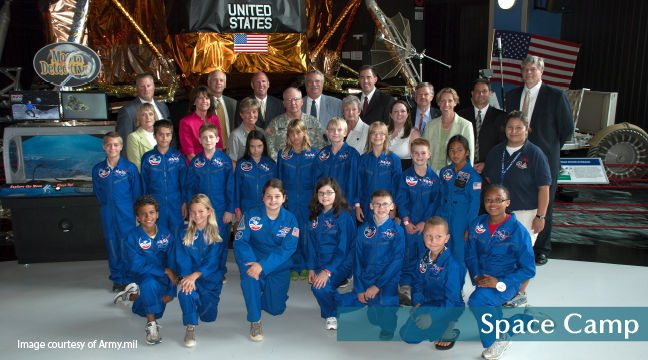
Located in Huntsville, Alabama, Space Camp “trainees” embark upon simulated missions that culminate in shared experiences that inspire teamwork and leadership skills, as well as knowledge about the science of space travel. For more information, visit Space Camp.
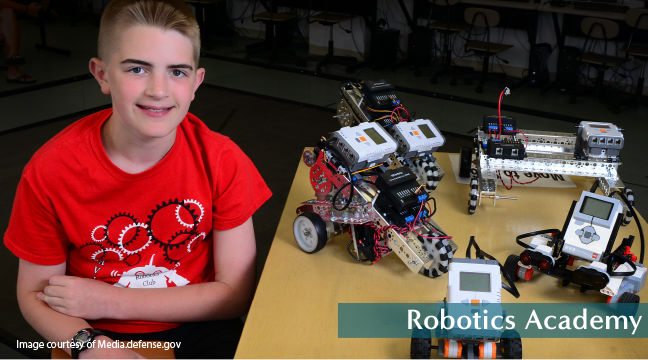
The Robotics Academy is an entity of Space Camp that teaches its participants STEM skills that are applicable to the real world, such as programming and the design of robotics and circuitry. For more information, visit Space Camp Robotics Academy.
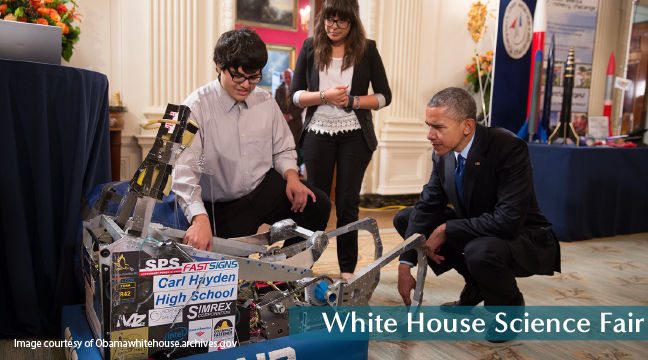
Started in 2010 by President Obama, the White House Science Fair showcases innovative students excelling in the STEM fields. The president invites students to show their work, which has included projects that have addressed ideas such as space travel, cures for cancer, robots, solar-powered cars, and ways to combat climate change.
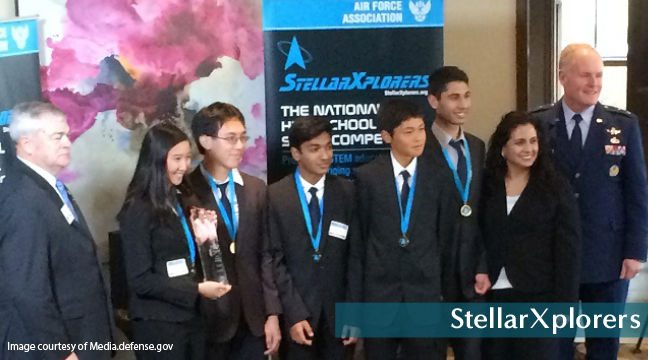
StellarXplorers consists of a space system design competition designed to encourage high school students to pursue a career in the STEM fields. Teams are presented with a space design problem that they are then asked to present a solution for. However, each team is presented with a scenario, complete with constraints that they have to overcome. Through this competition, students gain hands-on learning experience relevant to the STEM fields. For more information, visit StellarExplorers.
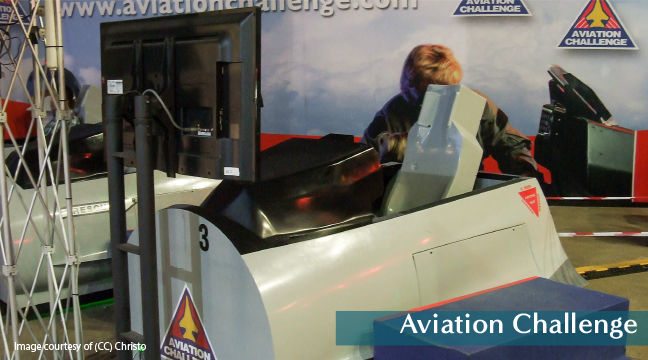
Aviation Challenge, a branch of Space Camp, teaches its participants skills such as the basics of flight, the military lifestyle, wilderness survival skills, and aerodynamics. Some of the older participants even get to experience challenging missions inside of a simulator. In addition to physical challenges, participants are expected to push their mental capabilities to problem solve and deepen their understanding of aerodynamics and jet propulsion. For more information, visit Space Camp Aviation Challenge .
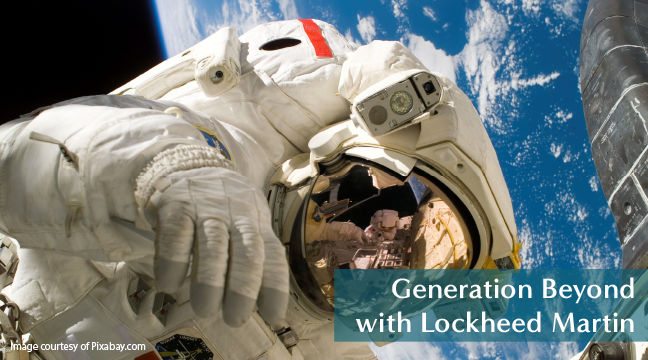
Generation Beyond with Lockheed Martin aims to inspire students to pursue careers in the STEM fields. They have interactive games available where you can go on missions to space or explore the surface of Mars, and there are lessons for both parents and teachers that can be done at home or in the classroom. For more information, visit Generation Beyond.
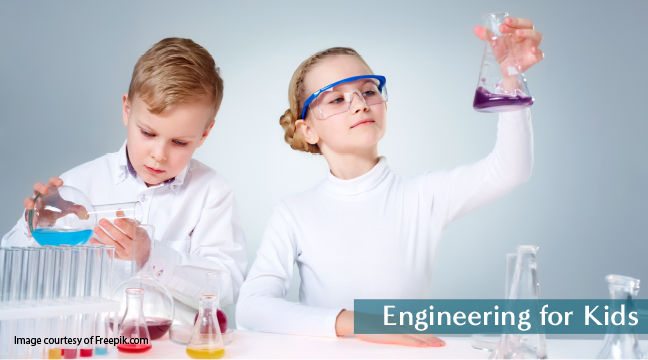
The result of a lack of engineering programs available, Engineering for Kids aims to foster STEM skills in children so they will be able to fill positions in that field later in life. You can search by your zip code on their website to find programs near you, such as summer camps that focus on programming, robotics, and engineering. For more information, visit Engineering for Kids.
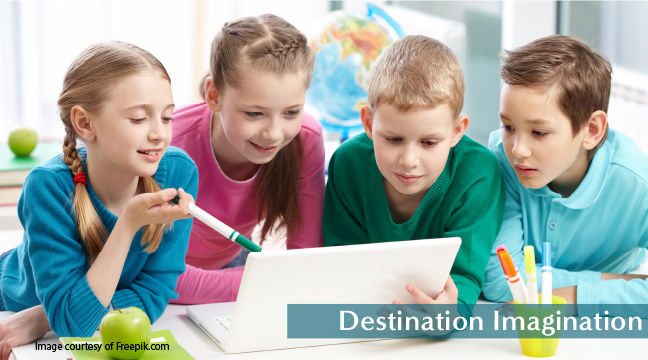
Destination Imagination is a program that provides a platform for students to learn about the creative process from the beginning stage of imagination to the end result of innovation. Teams of students participate in competitions where they showcase their solution to a problem they were presented with. Through this process, the students learn valuable skills in the STEM field, such as problem solving, brainstorming, and collaboration. For more information, visit Destination Imagination.



